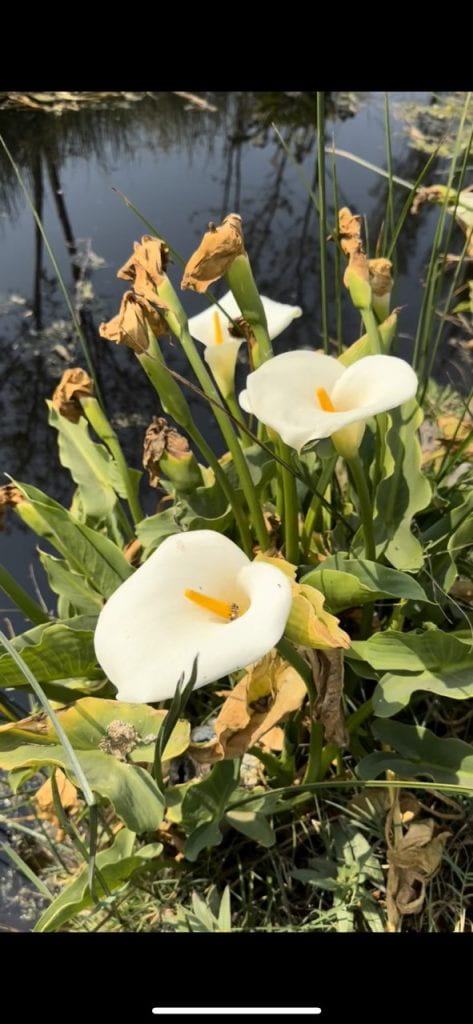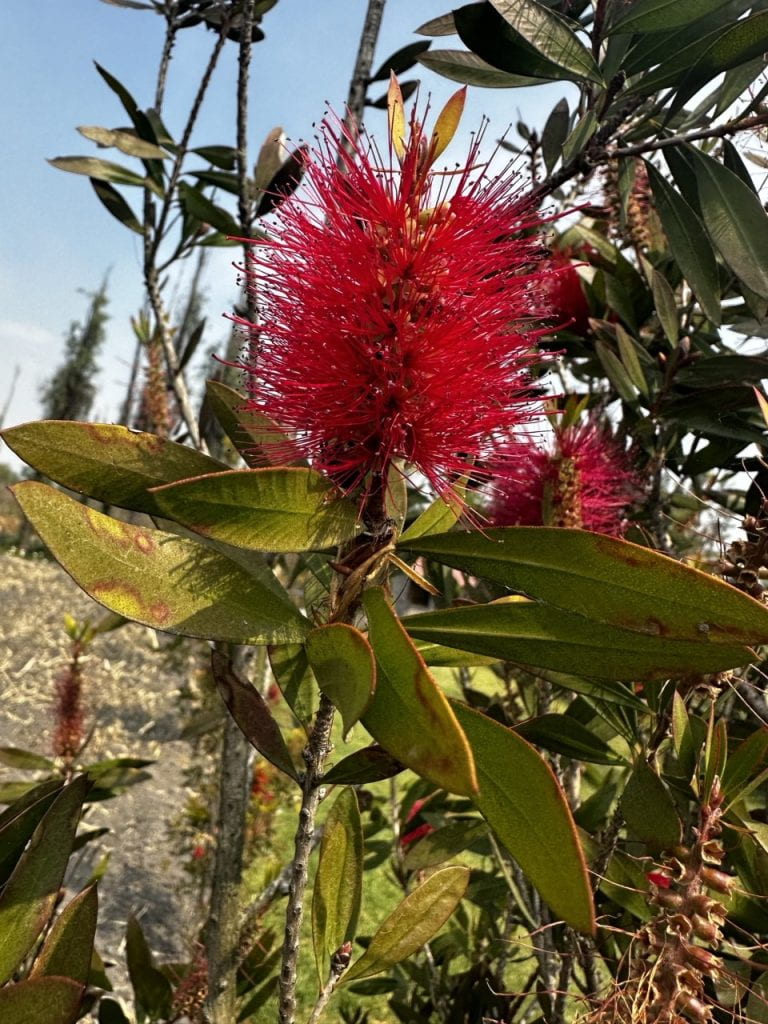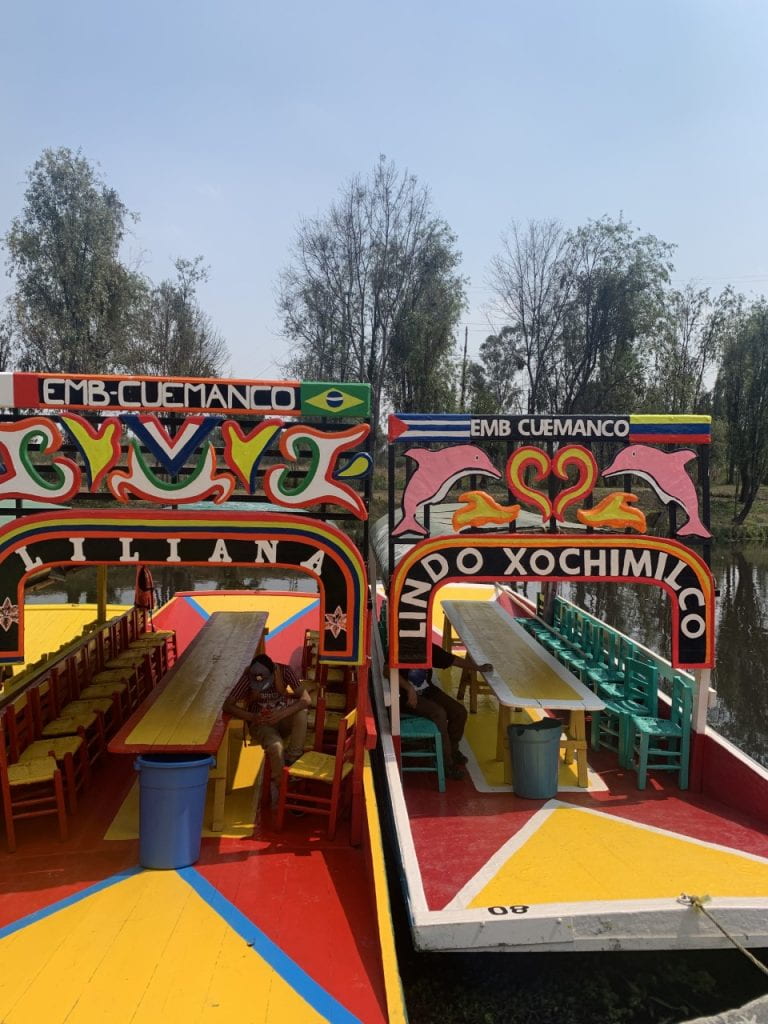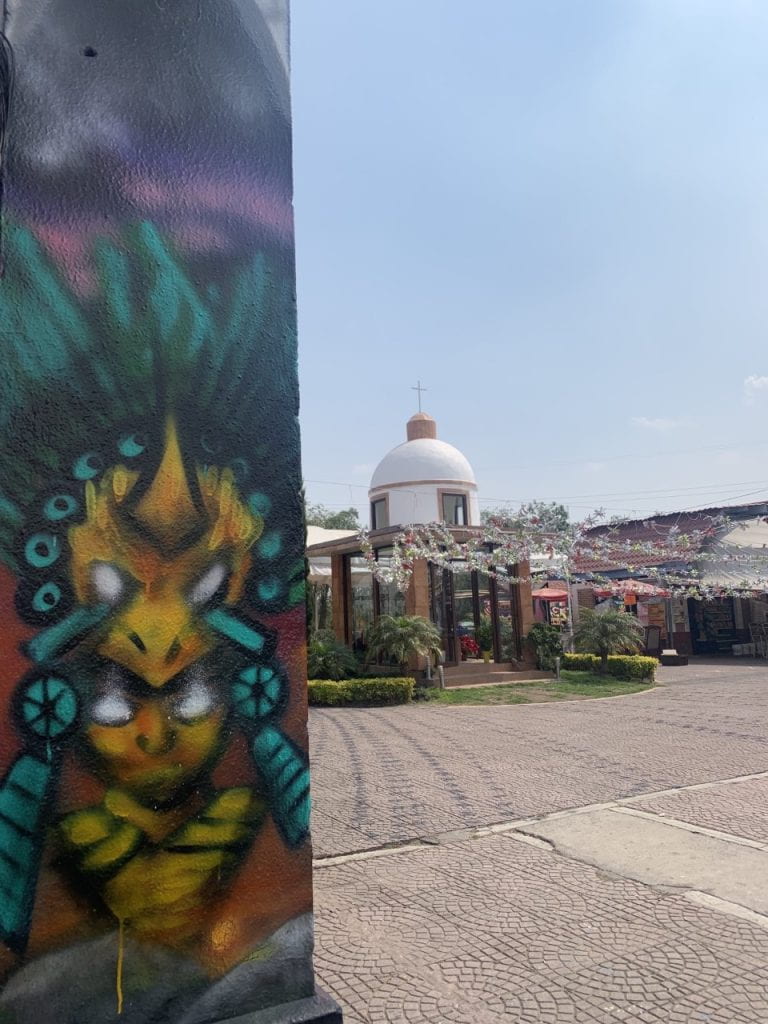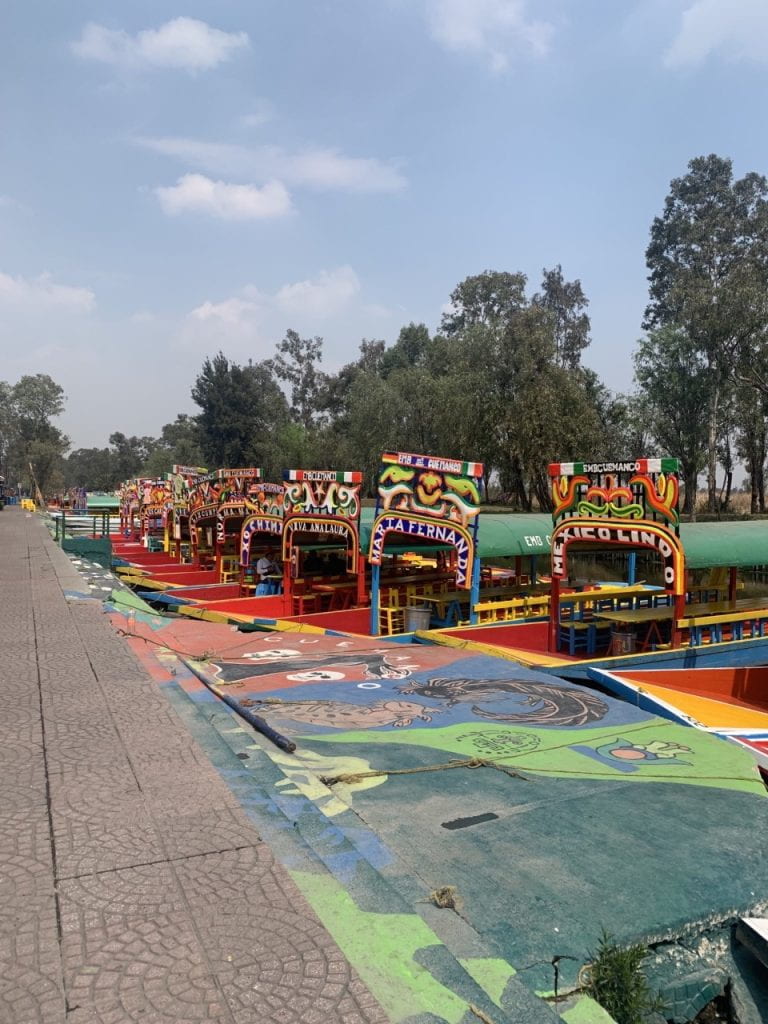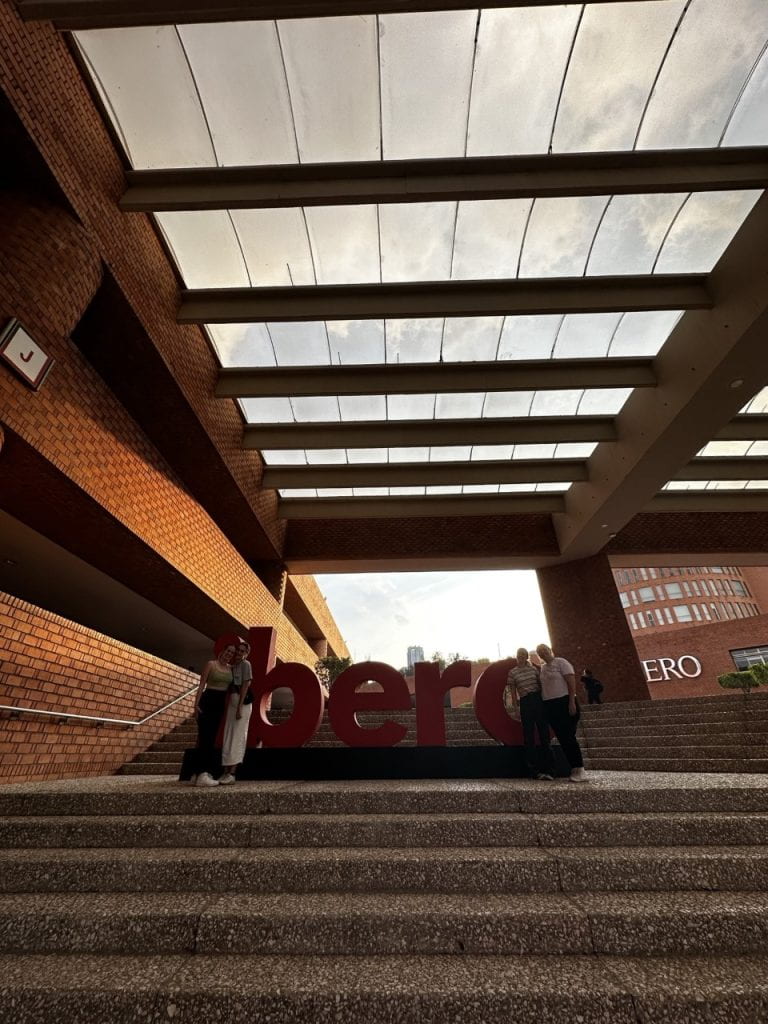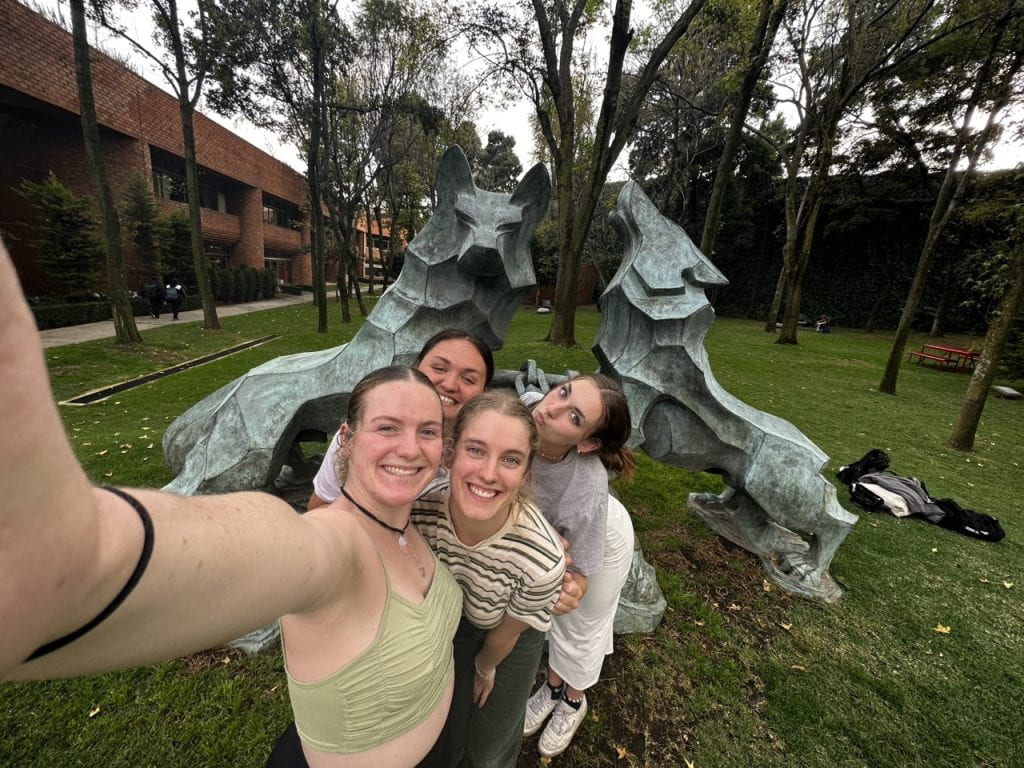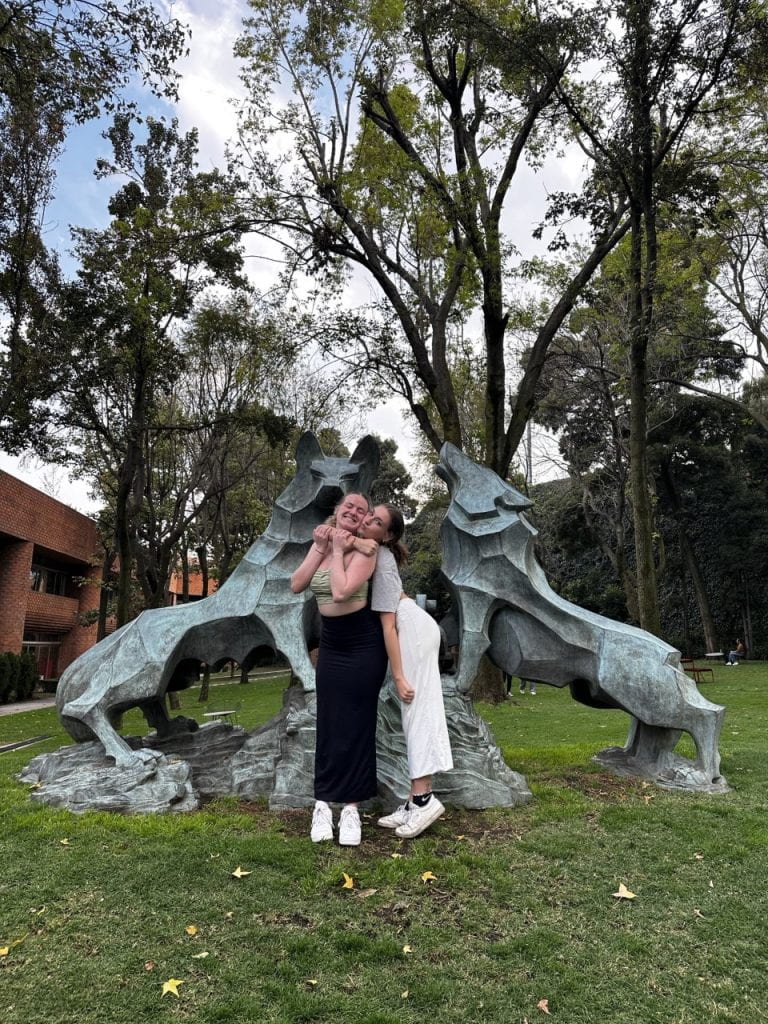Our final topic for this program was Environment and Sustainability. Due to studying the major of Human Rights and Politics, I had no in-depth understanding of this area. However, I was very excited to learn something that was completely outside of my specialization. Throughout this week, I realized how much human rights and politics interconnected with the environment.
Within majority of our environmental lectures, we watched a movie called “Home”. It looked into the ‘being’ of Earth, and how it has been treated from the beginning till now. There was many ideas within this movie but some stuck out more compared to others. I learnt that our knowledge upon what is a healthy nourishment for the earth and sustainable ways of living is socially located. The idea of biology and science itself is socially structured, meaning that different cultures have different methods on how to nurture the environment. Due to colonization, the Western ideas of science have taken over the globe as the ‘correct and factual’ way to living a sustainable life. Meaning that many indigenous beliefs are ignored or excluded due to not being the main stream knowledge. Not only does this cause a division between these different culture groups , but when environmental issues occur, it is difficult on which cultural knowledge would be best to address a solution. Alongside heavy use of colonial methods with the environment has also led to priotising capitalist ideals. The evident mass consumption and thirst for economic prosperity has led sustainable efforts, such as indigenous practices, to be avoided. In cases such as climate change , attention needs to be diverted away from only western knowledge and look into other cultural ideologies. The movie highlights the ticking time bomb with climate change and a call for immediate action. People have been treating the environment based on the centuries of studying these areas in its natrual state , yet with dramatic changes to climate and status, makes it difficult to understand the enviroment, hence create the same resources. With a lack thereof resources, our survival as a species in threatened.
Our teacher encouraged us to fight in favor of life, in which doesn’t involve primarily animals and plants. But also to fight for the survival of humans. She noted that there are two homes in our life, the body and the earth. Only way to nourish both is to look after our environment. These lectures really put into perspective the extravagant issues on environment and sustainability.
Our last days at Ibero meant our massive project was due this week. We were all expected to research a social issue within mexico and propose a social project to solve this problem. Not only did we have to clearly outline the issue and solution , but relate it back to a New Zealand context. For my assignment, I focused upon what makes a child a victim of sex trafficking. While researching this topic in a Mexican context , I found the social reality to be multi-dimensional, with many factors causing this horrid event to happening. To be able to provide a proper a direct and realistic solution, I focused on the factors within a child’s home environment that causes them to become a victim to future trafficking. After many hours of research, I produced a 17 page social project. Although I covered a range of components in my piece , I am interested to continue researching this social issue to produce direct and effective solutions.
Apart of doing this project involved having to present your findings and project suggestions to the class. I get quite nervous when presenting , so it was difficult to complete this part of the assignment. I was very proud of all the students that took part in this social project. Everyone’s presentation was excellent , It was evident that everyone worked with a topic they were passionate about. It was bittersweet having to say goodbye to the Ibero campus and all the teachers. I admired the amount of effort all professors put into this program for us New Zealanders, everyone involved played a massive part to make this a non-forgettable experience.
Our final non-governmental organization for this topic was the Xochimilco. Originating from a water transport system for the Aztecs, it is a well-known water canal that many tourists tend to visit. It was interesting to see where citizens lived in this area compared to the part in which is used for the tourist industry. The tourist region of Xochimilco had a range of rubbish in the water and was less preserved. When taken to other parts of Xochimilco, it was filled with a range of gardens and had water clean enough to feed the plants. Linking back to our lecture content, this was a perfect example of how capitalism (involving the tourist industry) has been prioritized to giving back to our earth. Xochimilco being in use for economic benefit not only disregards the environment , but the cultural and social significance it holds for Mexicans.
The highlight of this day trip was seeing pohutukawa trees blossoming. Upon arrival to the gardens of Xochimilco, there was a line of baby pohutukawa trees. They are planted for the purpose of attracting bees, in hopes they will pollinate other flowers within this garden . Being surrounded by pohutukawas made me feel like I was back in New Zealand, giving me a sense of home in Mexico.
